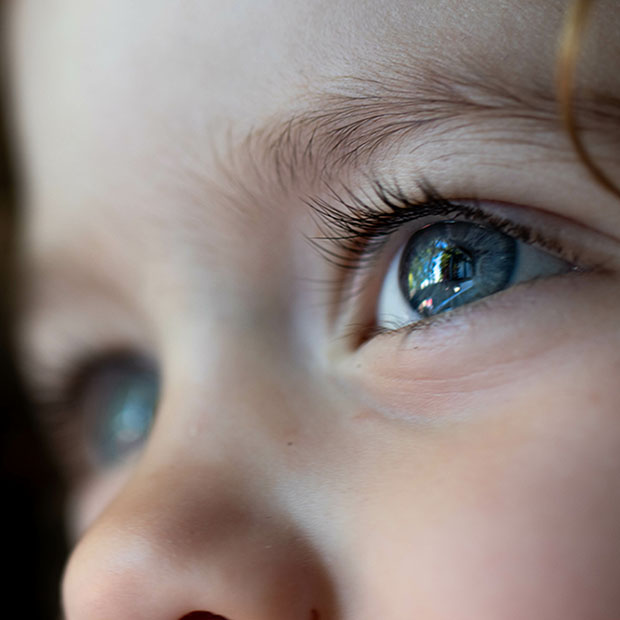20/20 Vision: Just One Piece of the Puzzle

Many believe that achieving 20/20 vision marks the pinnacle of eye health.
However, the full picture is a lot more complicated. While 20/20 vision indicates clear sight at 20 feet, it doesn’t capture the entirety of ocular health. There are numerous vision issues that this measurement doesn’t address, ranging from subtle refractive errors to more complex conditions. These often go unnoticed and untreated without the insights provided by a thorough eye examination.
Recognizing Subtle Signs of Vision Issues
Many vision problems manifest through symptoms that are easy to overlook, particularly in children who may not recognize or articulate their experiences as out of the ordinary. For instance, conditions like strabismus (crossed eyes) or amblyopia (lazy eye) present noticeable signs, yet many other issues are far less obvious.
Children often don’t know how to describe what’s wrong, leading them to struggle silently with academic and athletic tasks. This can result in feelings of confusion and discouragement, not only for the children but also for the adults in their lives. Consequently, without proper diagnosis, these issues are sometimes mistaken for learning disabilities.
Symptoms of vision problems parents can watch for:
- Difficulty maintaining focus
- Challenges with reading and understanding text
- Regular occurrences of headaches
- Limited attention span, especially during tasks that require visual focus
- Neck discomfort
- Experiencing double vision
- Sensations of dizziness
- Excessive blinking and eye rubbing
- Poor depth perception
Our Eyes Work Best as a Team
Effective eyesight relies on the cooperative function of both eyes, a process known as binocular vision. To understand this, try covering one eye and focusing on an object, then switch to the other eye. Although our eyes are not spaced far apart, they view objects from slightly different angles. The brain merges these two perspectives to produce a three-dimensional image, enabling us to estimate distances.
Several issues can disrupt binocular vision:
- Divergence Insufficiency: Difficulty in turning the eyes outward to focus on faraway objects.
- Divergence Excess: The eyes turn outward excessively when looking at distant objects.
- Convergence Excess: The eyes turn inward too much when focusing on close objects.
- Convergence Insufficiency: Insufficient inward turning of the eyes when focusing on nearby items.
- Strabismus: One eye may turn inward or outward independently from the other.
- Amblyopia (Lazy Eye): This occurs when the brain predominantly accepts visual input from one eye, diminishing vision in the other, often due to a refractive error or strabismus.
- Vertical Heterophoria: A condition where the eyes are misaligned vertically, causing strain as they attempt to form a single coherent image.
These binocular vision dysfunctions are often correctable with visual therapy, corrective lenses, or, in some cases, surgery. However, accurate diagnosis is essential to effectively manage and treat these conditions.
The Transformative Power of Comprehensive Eye Exams
While a simple vision screening, like the one the school nurse might conduct with the big E chart, can identify nearsightedness, it barely scratches the surface of potential vision issues. Comprehensive eye exams delve deeper, assessing for the myriad vision problems discussed earlier and more.
An undetected vision issue can profoundly impact a child’s entire educational journey and well-being — many adults continue to deal with the consequences of vision problems that went unnoticed during their youth. To prevent this, it’s crucial to ensure your child undergoes a thorough eye examination early on. Schedule a comprehensive eye exam today — it’s a step that could change your child’s future for the better.